As part of the Master in City & Technology Introductory Workshop, our team was tasked with studying La Barceloneta, a district characterized by its complex layers of social, economic, architectural, and administrative systems. This project aims to explore these dimensions, highlighting the interactions between tourism and the local community in one of Barcelona’s most iconic areas.
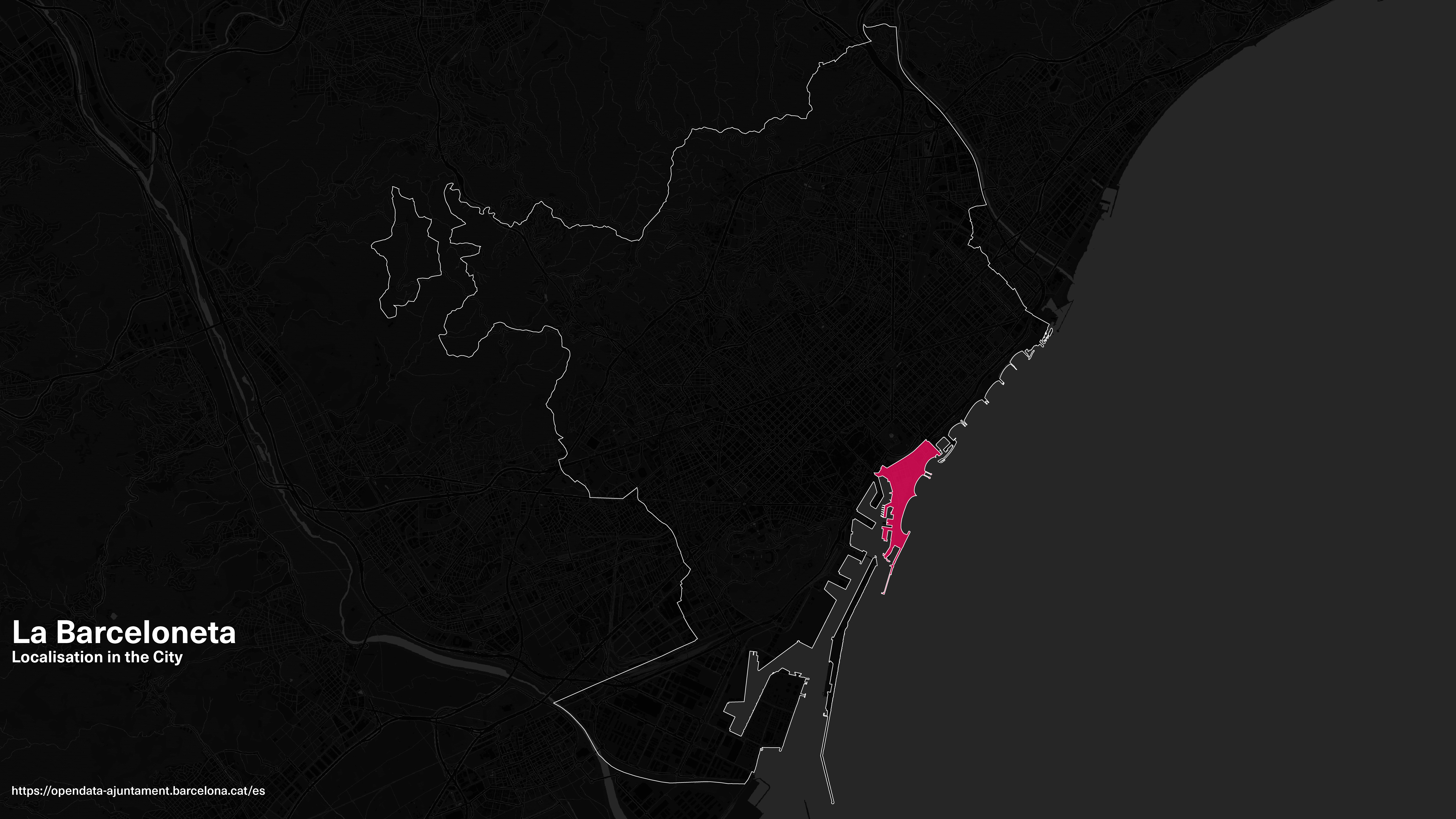
A District in Evolution
Our research also examined the historical context of Barceloneta’s transformation. Once a humble fishing village, the district has evolved over the past 70 years into a service-oriented area, with a focus on leisure activities. This shift came with significant infrastructure changes and the repurposing of industrial spaces. Interviews with long-term residents, many of whom have lived in Barceloneta for over five decades, underscored the district’s aging population and the profound changes they have witnessed over time. Today, older residents often occupy public spaces, a reflection of the district’s demographic shift.
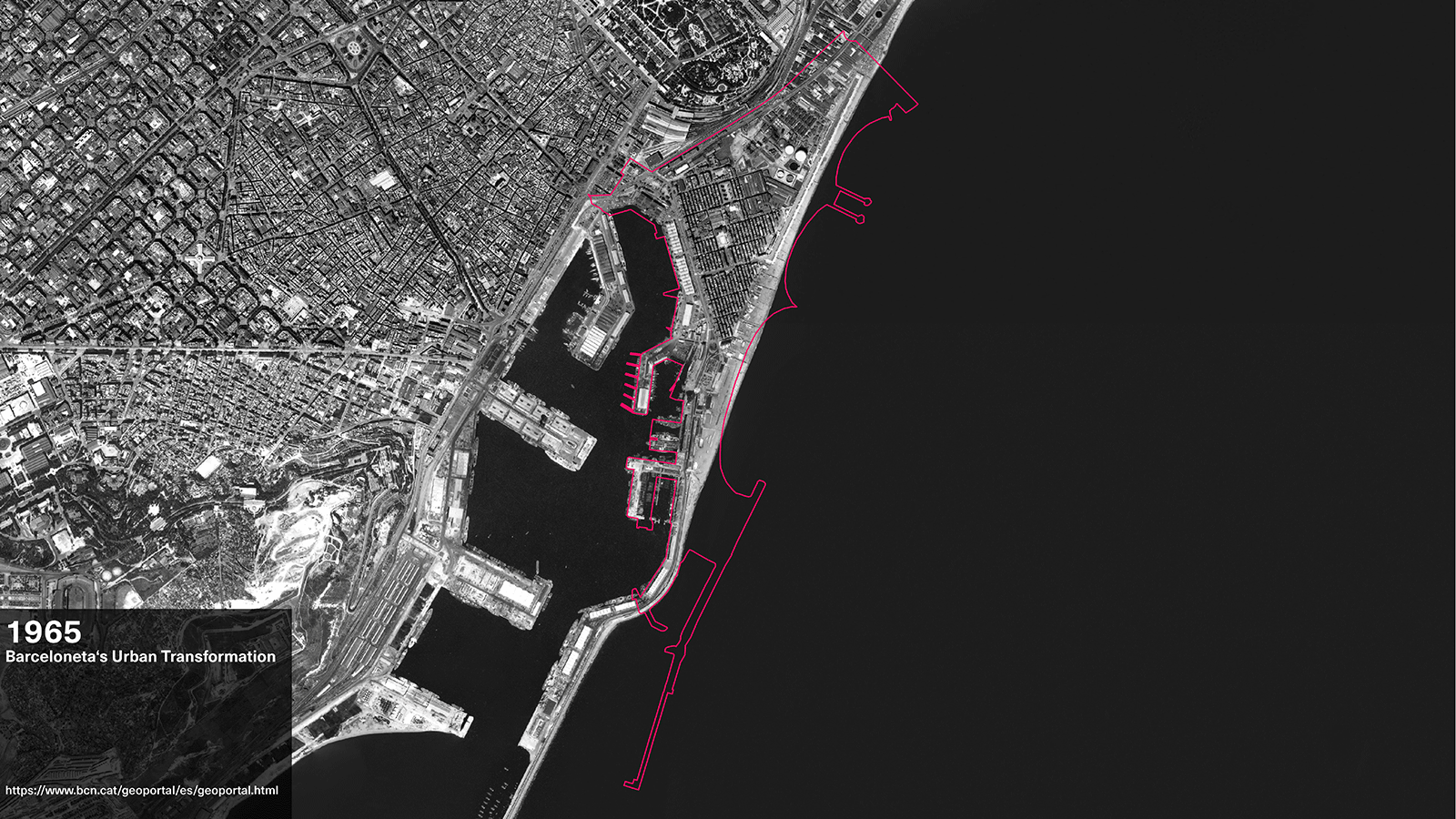
Understanding Barceloneta: Field Research and Interviews
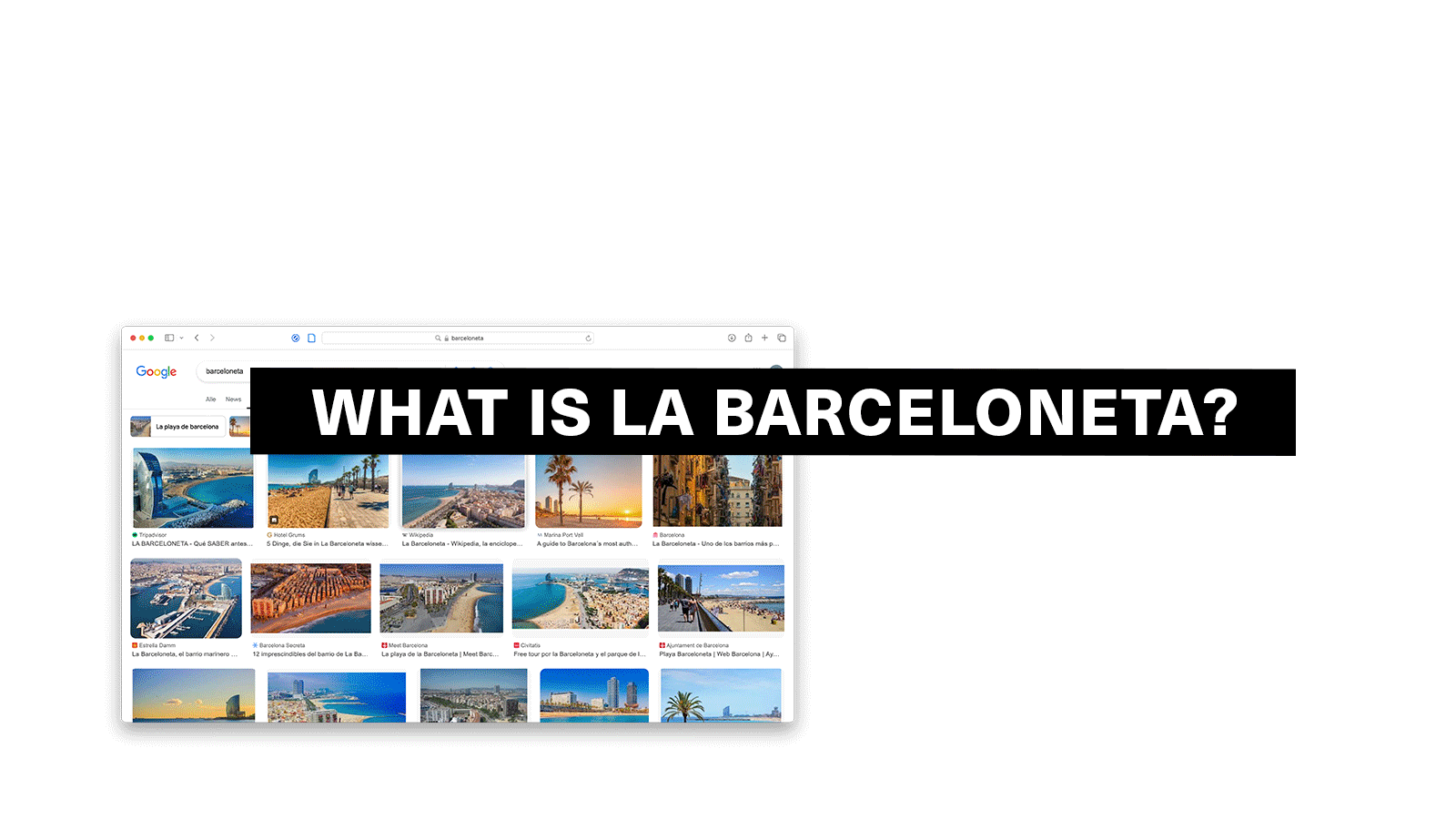
A Community in Protest: Tourism’s Impact
Our initial data collection included reports of anti-tourism protests, sparked by an infamous incident involving two Italian tourists streaking through Barceloneta. This event galvanized local residents to call for stricter regulations on tourism. These protests were not isolated; they were part of a broader city-wide movement advocating for tighter control over Barcelona’s booming tourist industry. Another example of the community’s activism was the successful campaign to halt a renovation project that would have displaced over 1,500 residents due to the installation of elevators in old buildings.
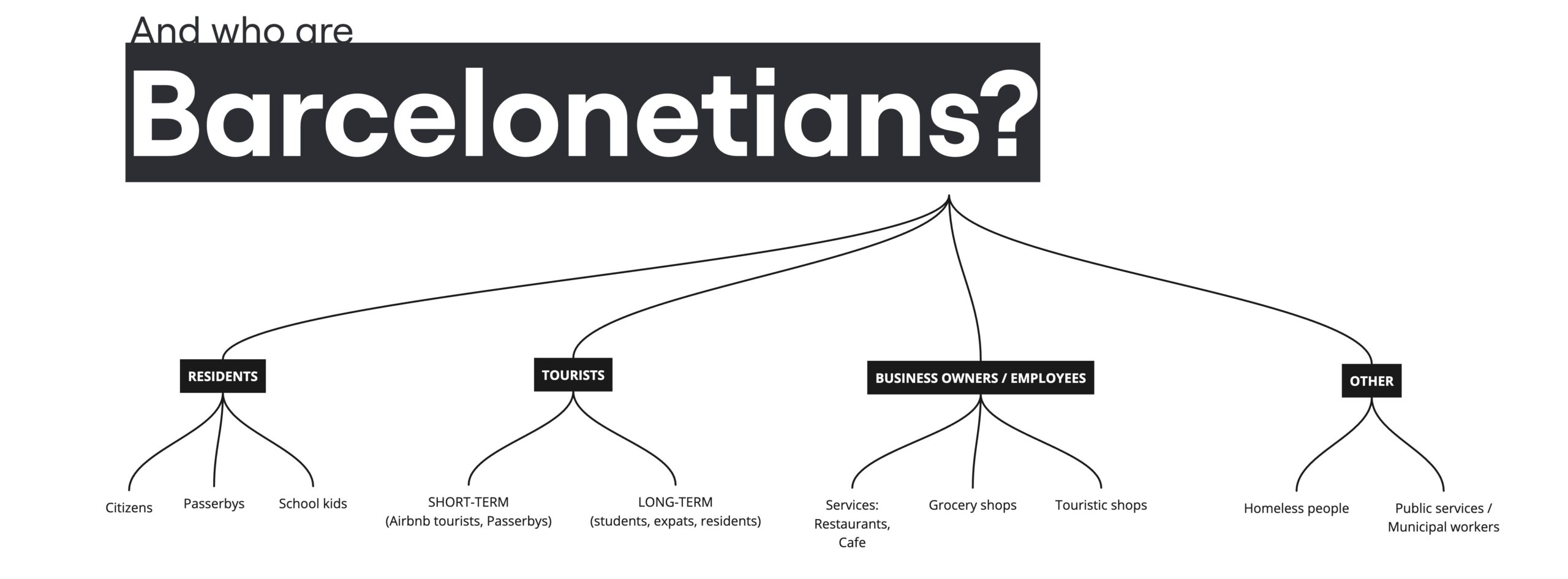
A Dual Identity
Barceloneta presents two contrasting identities. On the one hand, it is a bustling tourist hub, with much of its economy centered around leisure activities aimed at foreigners. On the other hand, the district maintains a strong sense of local identity, embodied by a close-knit community deeply invested in preserving its heritage and lifestyle. This clash between tourism and local interests became the focal point of our investigation.
To gain deeper insights, our team visited Barceloneta and conducted interviews with various stakeholders, including residents, local workers, and tourists. These conversations revealed key issues facing the district and the dynamic relationships between its different groups. We spoke to a diverse range of individuals, from a local butcher to a real estate agent, and from restaurant workers to police officers.
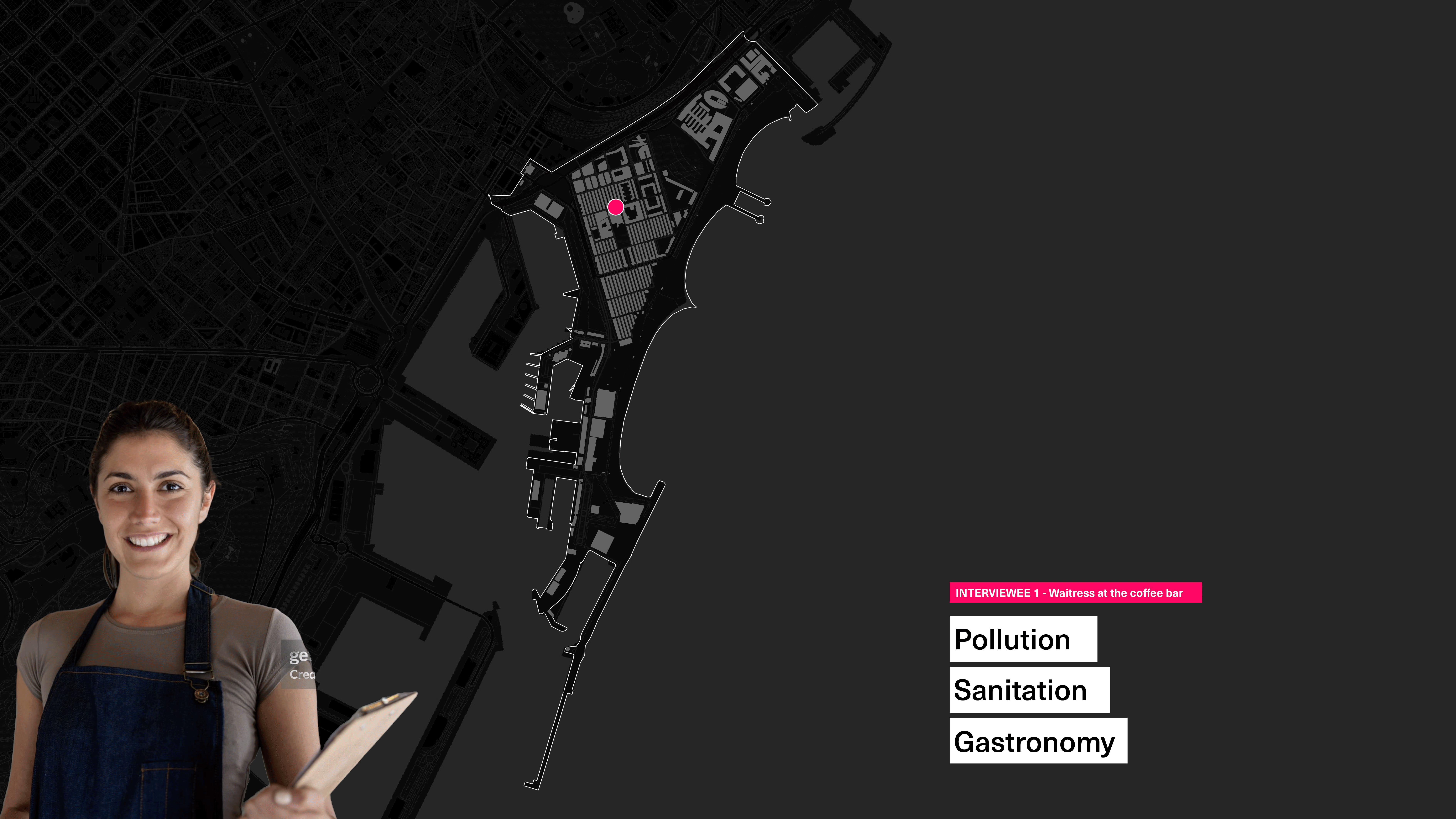
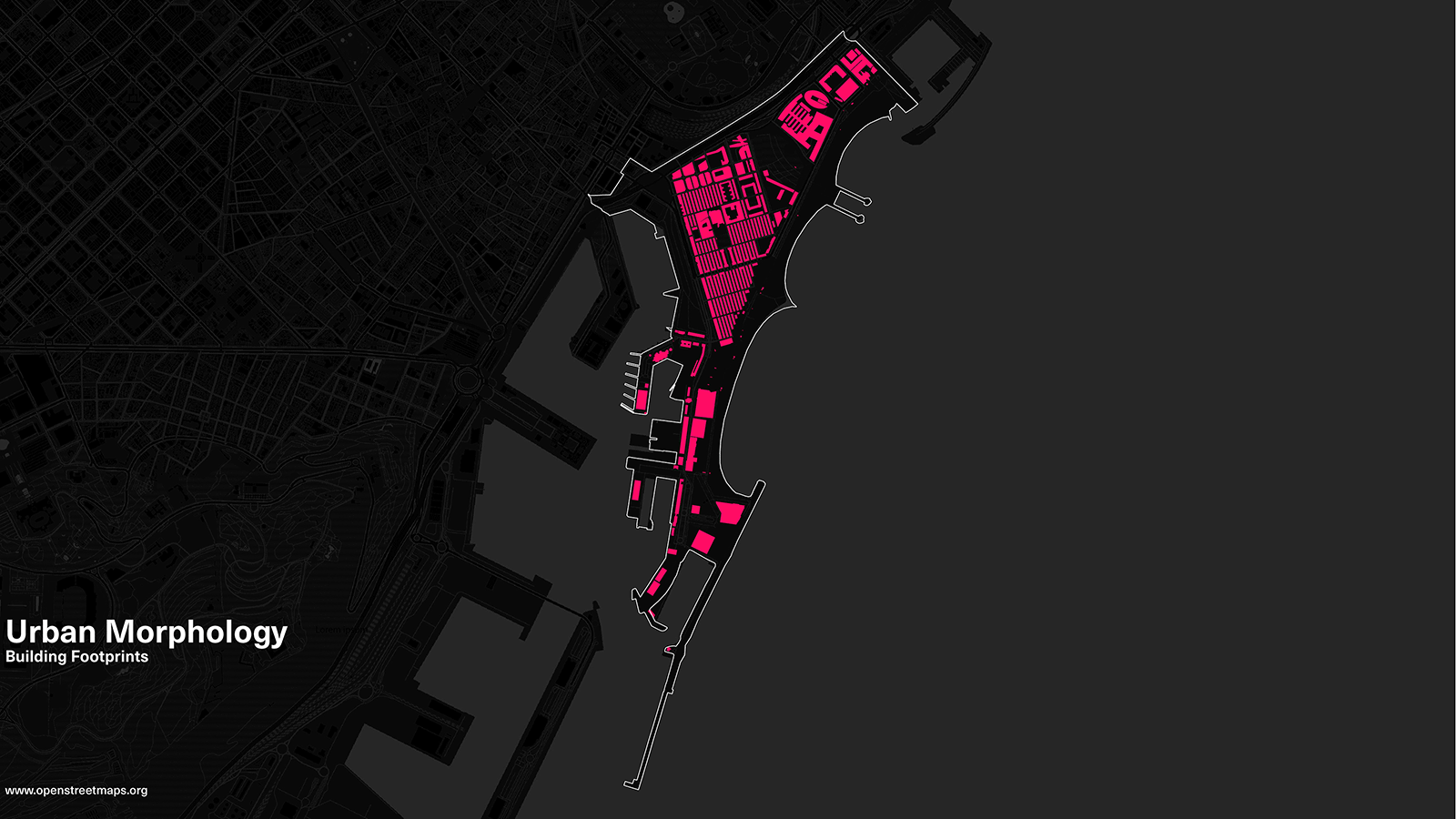
Gastronomy and the Local Economy
One of the most prominent themes that emerged from our research was the role of gastronomy in shaping Barceloneta’s economy. The district is home to over 175 food and beverage establishments, an impressive number given its relatively small size. While this benefits local businesses, many of these restaurants cater primarily to tourists, exacerbating problems like noise, visual pollution, and unpleasant odours.
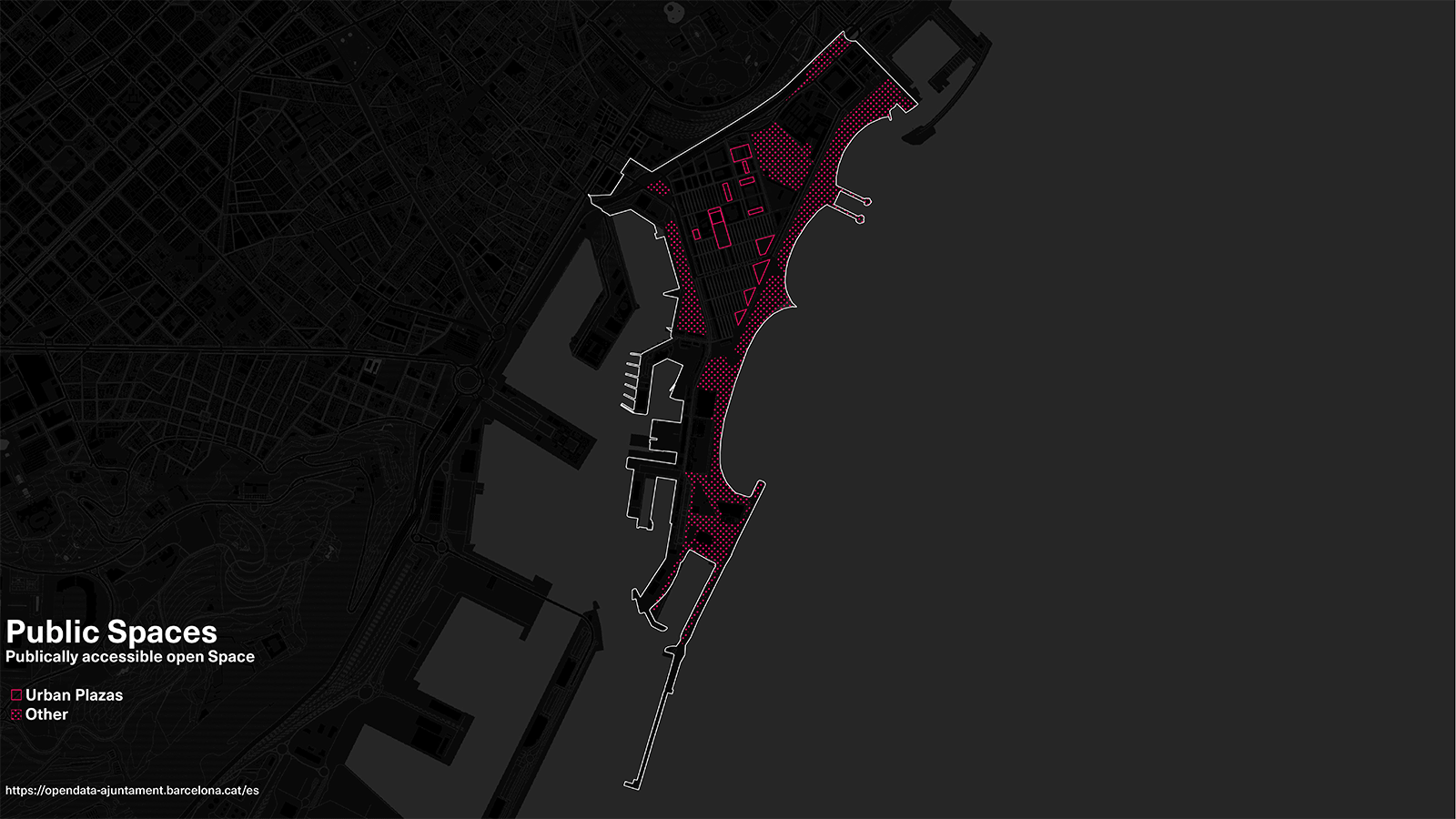
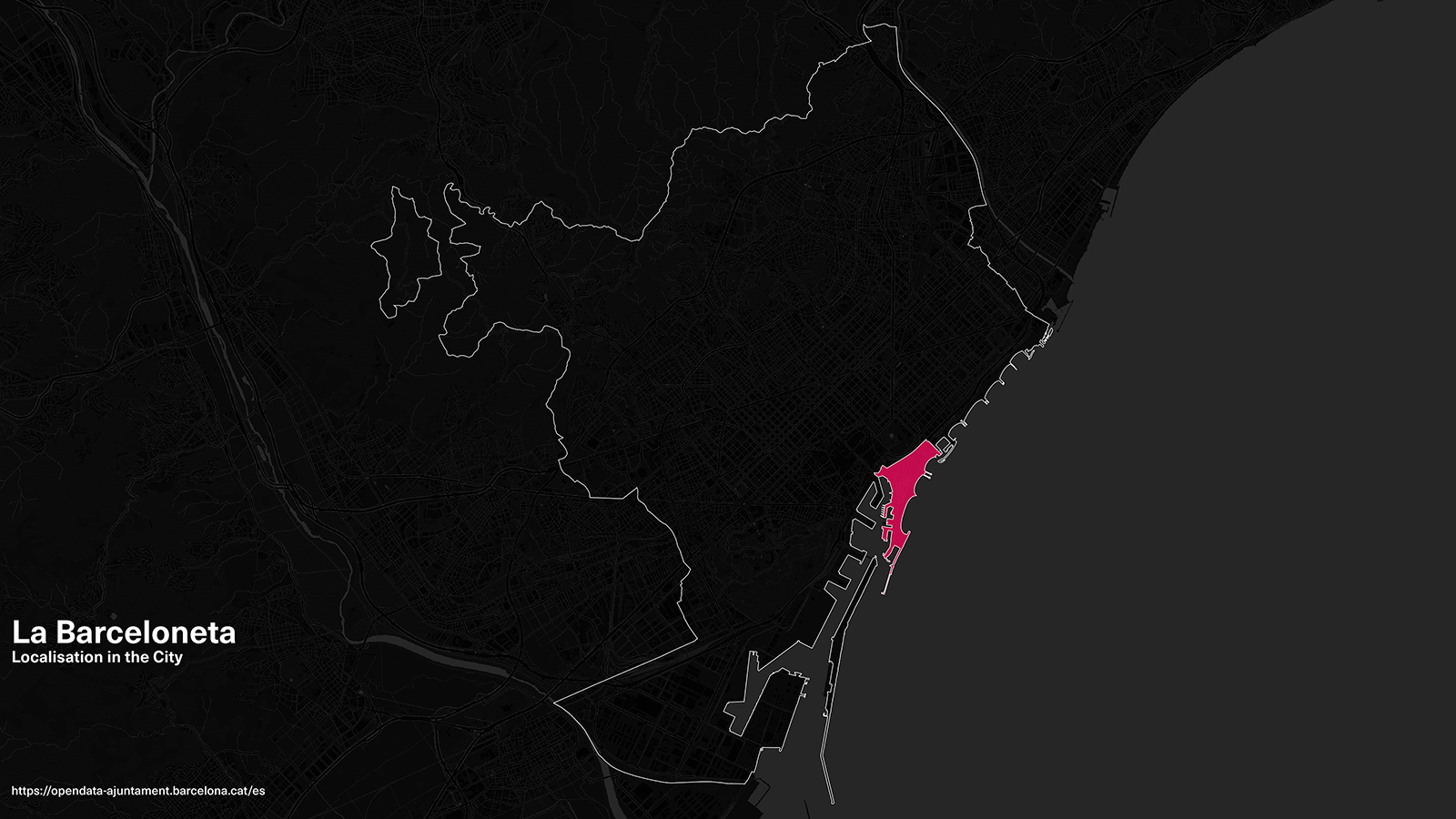
Community facilities
La Barceloneta’s local community is cemented into the urban space by having it’s representation in communal facilities. That includes different types of public spaces such as squares, parks, green areas, the beach as well as educational facilities. The communal areas are usually smaller spaces fitted into the urban tissue. The access to larger green spaces such as big parks is limited.
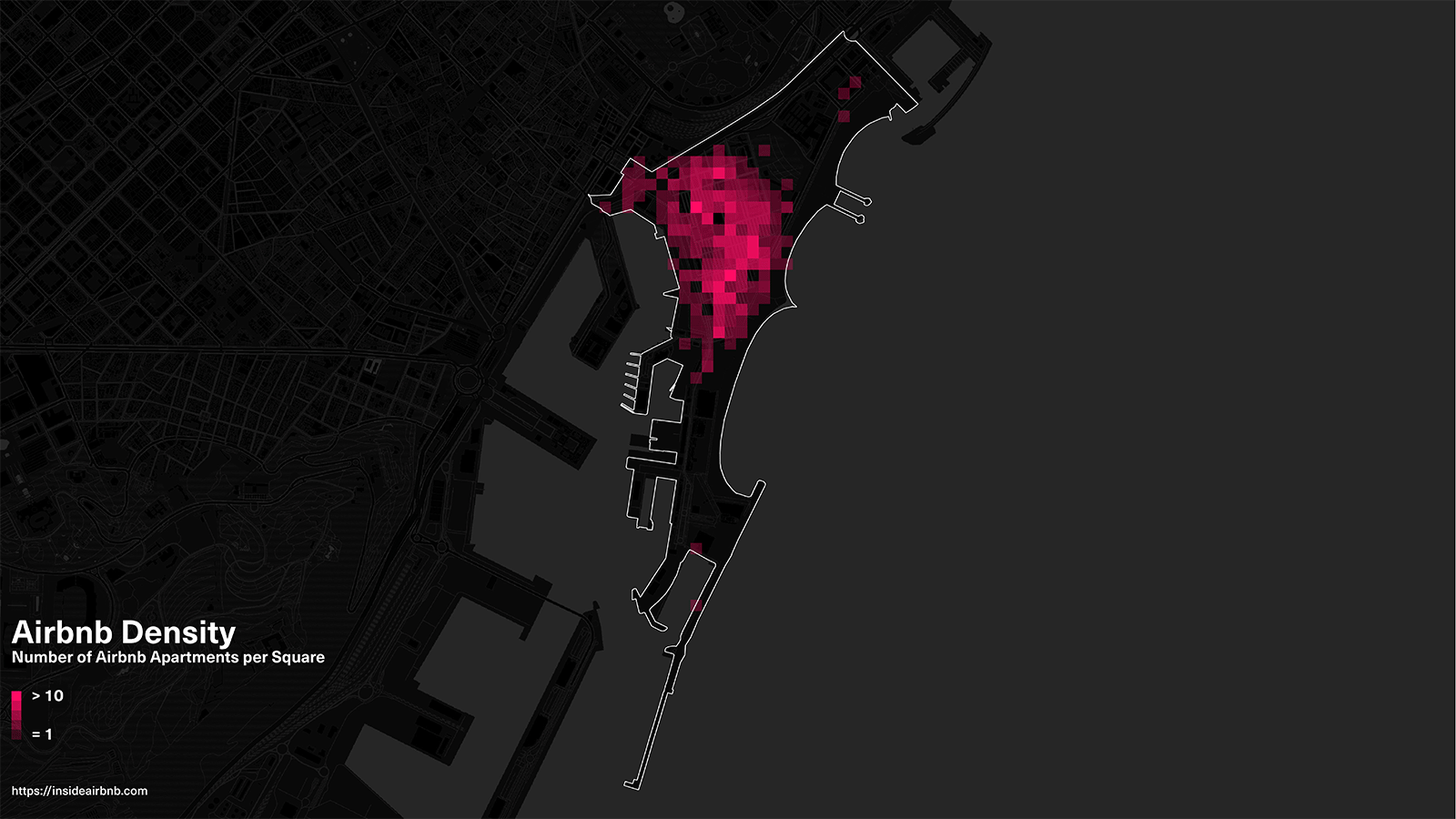
Housing and Short-Term Rentals
The tourism-driven economy is further fueled by short-term rental accommodations, particularly Airbnb. Properties near the beach are often purchased by foreign investors or Spaniards as investment opportunities, leaving locals to seek housing further inland. Interestingly, income generated from short-term rentals does not seem to benefit the district directly, as many of these properties are managed remotely by owners outside of Barceloneta. Our spatial analysis revealed that short-term rentals offer nearly triple the financial gain compared to long-term leases, a factor contributing to the rapid proliferation of such accommodations.
Dimensions of Tourism: Overtourism vs. Sustainable Tourism
Tourism in Barceloneta takes multiple forms. On the one hand, the district suffers from overtourism, which brings numerous challenges. On the other hand, we encountered representatives of more sustainable tourism practices, often initiated by locals. This type of tourism fosters deeper connections between visitors and residents, encouraging tourists to explore the district’s culture through interactions with the community rather than simply consuming its attractions.
La Barceloneta: overtourism hotspot or a cornerstone of local culture?
La Barceloneta stands at a crossroads, embodying the tension between its deep-rooted local community and its role as a major tourist destination. Our research reveals that while tourism provides significant economic benefits, it also imposes challenges on the district’s residents, from housing pressures to disruptions in daily life. The dichotomy between overtourism and sustainable tourism highlights the potential for a more balanced future, where visitors are encouraged to engage with the district in a way that respects its cultural identity. As Barceloneta continues to evolve, it will be crucial for policy makers and the community to find common ground, ensuring that the district remains both a vibrant place to visit and a sustainable home for its residents. This delicate balance will determine the future of Barceloneta as it navigates the challenges of modern urban development.


